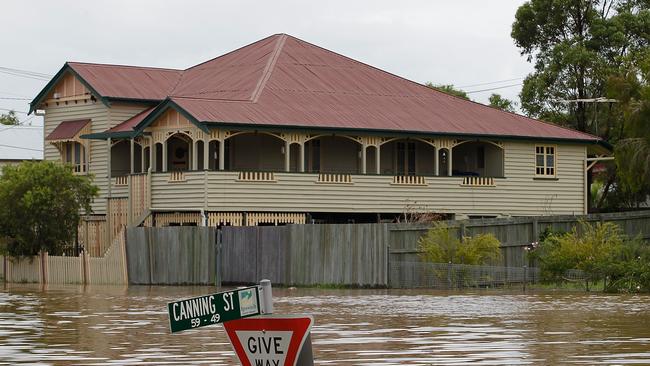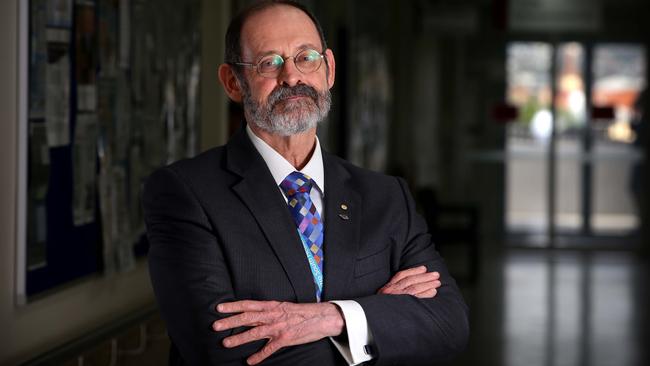Researchers find brain chemistry changes in PTSD patients
Patients with post-traumatic-stress disorder, including those who lived through the Queensland floods, are expected to benefit from new Queensland research into the mental health condition.

QLD News
Don't miss out on the headlines from QLD News. Followed categories will be added to My News.
QUEENSLAND researchers have taken a huge step towards developing the world’s first objective test for post-traumatic-stress disorder.
In a pilot study led by Translational Research Institute (TRI) CEO Carolyn Mountford, the scientists have identified differences in the brain chemistry of patients with post-traumatic-stress disorder (PTSD) they hope will lead to improved diagnosis and treatments.
Using non-invasive scanning technology, they compared the brain chemistry of 10 PTSD patients with 10 healthy volunteers, discovering elevated levels of sugar-based neurochemicals, known as fucosylated glycans, in those with the debilitating mental health disorder.
The neurochemicals have previously been found in animal studies to be associated with learning and memory.
Although the research will need to be replicated in larger numbers of people, Professor Mountford said it had for the first time identified biochemical pathways that could be targeted by scientists to develop new drug treatments for PTSD.
She said the study, undertaken using a conventional magnetic resonance imaging (MRI) scanner, may also lead to the development of an objective test for the disorder. But the computer software used in the research is not yet routinely available on MRI machines.
Psychiatrist David Crompton, a professor of mental health research based at TRI and Griffith University, said PTSD diagnosis currently relied on doctors taking a medical history from patients and the use of symptom-based assessment tools.

PTSD can occur after a person experiences or witnesses a terrifying event. Members of the military, police officers, paramedics and other first responders, rape survivors and natural disaster victims are at increased risk, but not everybody who experiences trauma will develop the condition.
The Australian Bureau of Statistics estimates 12.2 per cent of the population will experience PTSD in their lifetime. Symptoms include flashbacks, intrusive memories and panic attacks.
Professor Crompton said research showed people who had experienced childhood trauma were more susceptible to developing PTSD, particularly if they suffered another distressing event later in life.
He said treatment could involve psychological interventions and drugs, such as antidepressants or anti-anxiety medication.
“They don’t work for everyone,” Professor Crompton said. “PTSD is often a difficult disorder to treat.”
LIVING WITH PTSD:
Ann Wason Moore’s The Interview with former soldier and PTSD survivor Matthew Sawyer
Both Professor Mountford and Professor Crompton said they hoped the research, published in Nature Translational Psychiatry, would help reduce the stigma towards mental health conditions, including PTSD.
“When the chemistry in the kidney, liver or breast alters, you get sick. The brain is no different,” Professor Mountford said.
The researchers want to recruit people aged between 18 and 60 who have either been diagnosed with, or suspect they may have PTSD, to continue their studies. They also require healthy volunteers.
For more information, visit tri.edu.au/ptsd, email mri@tri.edu.au or phone 07 3443 7000.


